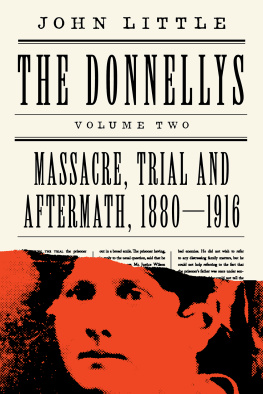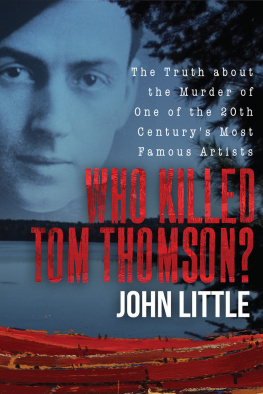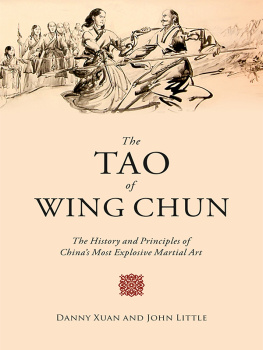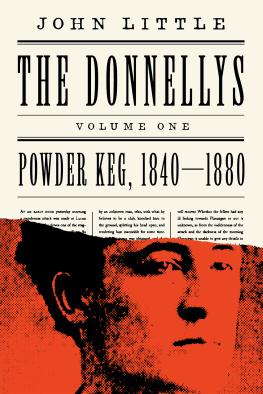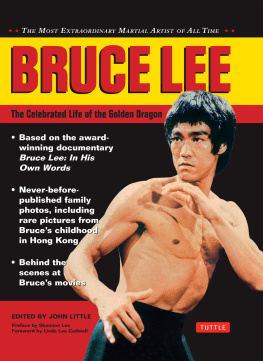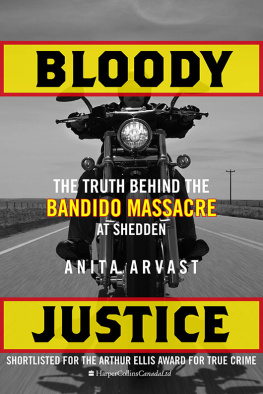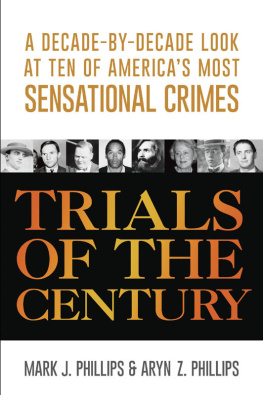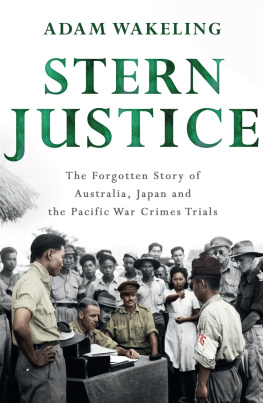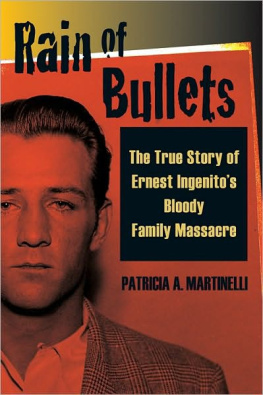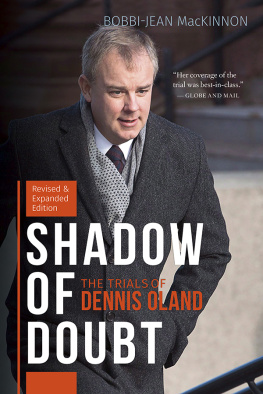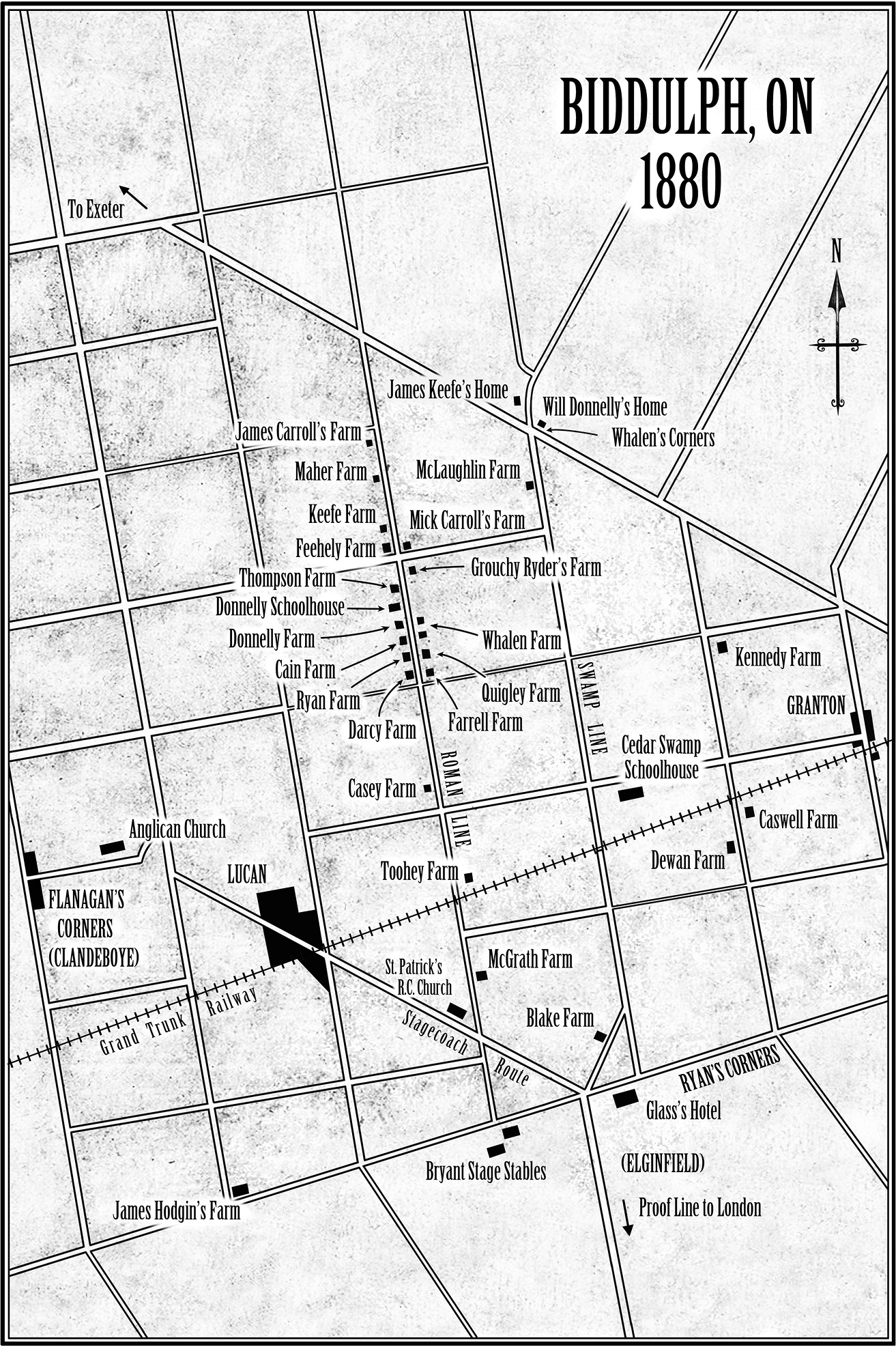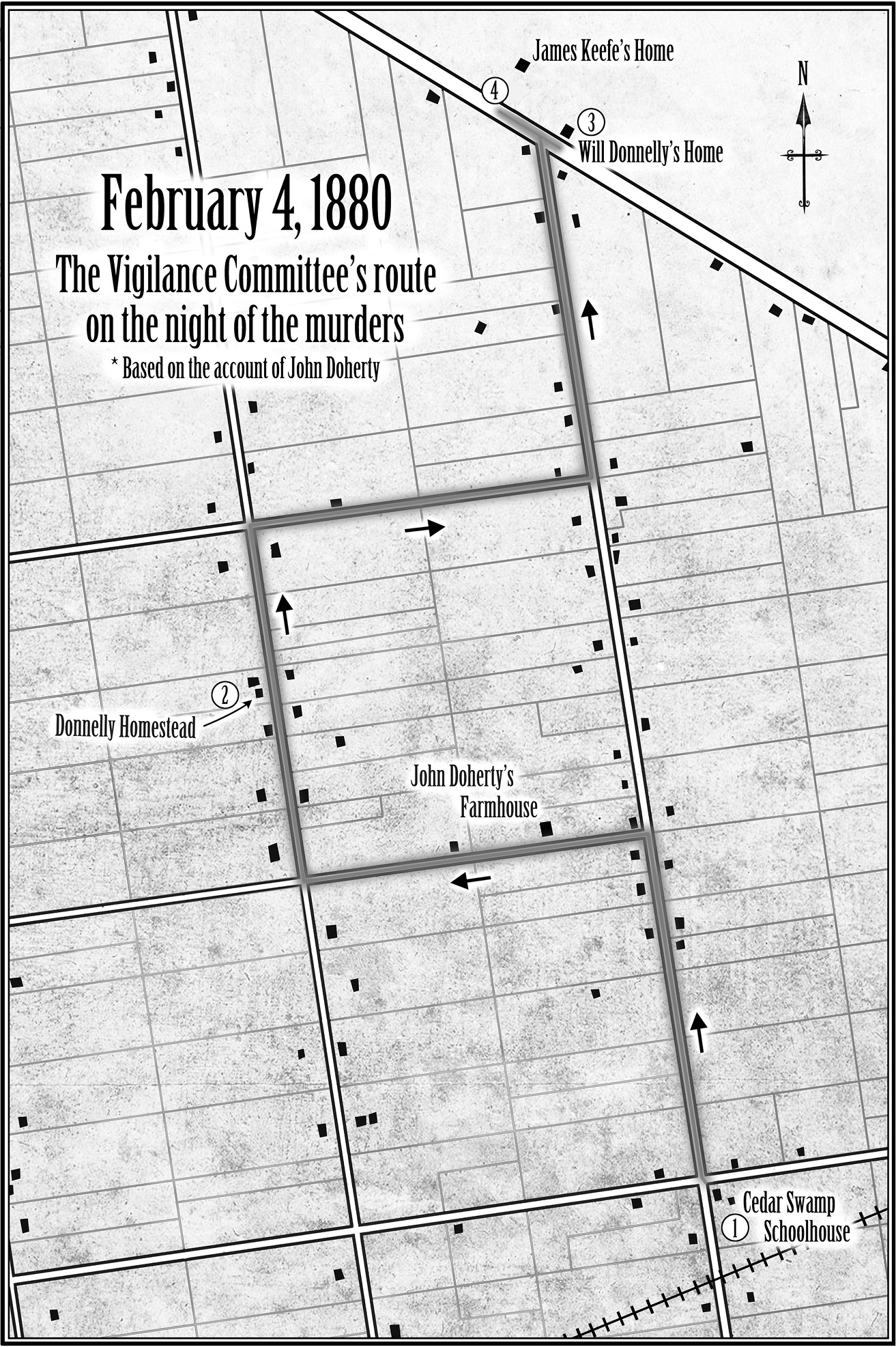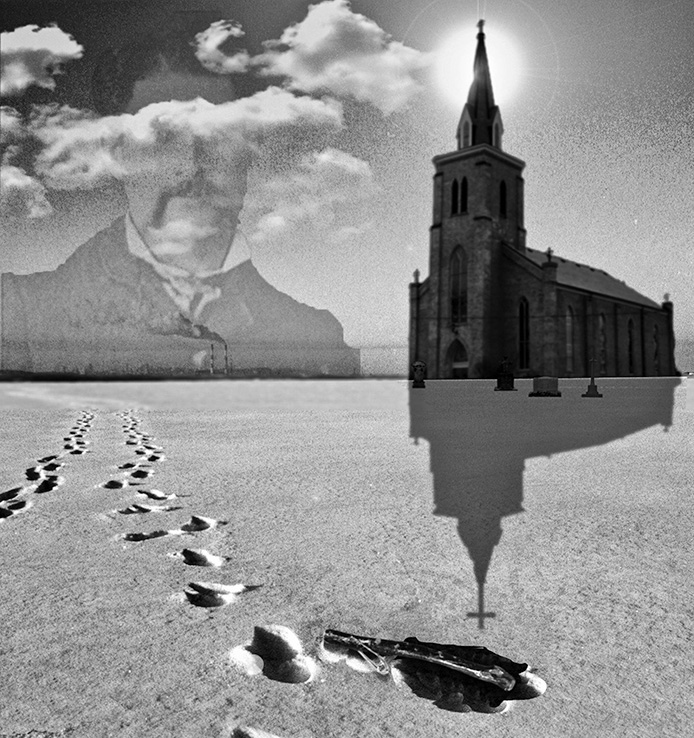
A perfect storm of events, supposed, actual, communal and spiritual, combined to set the wheels in motion for the Donnelly familys destruction. (Artwork courtesy of Ben Little / Bob Donnelly image by permission of Ray Fazakas, author of The Donnelly Album and In Search of the Donnellys)
The very ink with which all history is written, Mark Twain once said, is merely fluid prejudice. While this adage from the Connecticut scribe is a certainly a cynical view of history, it proved to be true in regard to the Donnelly tragedy. When a physician friend of mine learned of the subject matter of this book during a recent conversation, he felt obliged to exclaim, Ah, the Black Donnellys! The fact that the family was never referred to by that appellation during their lifetime is lost on most people. Indeed, the only time anyone came close to using the term was when William Meredith, a lawyer and politician, told the jury of the first trial during his closing remarks that what they had heard were incredible lies, from the black heart of William Donnelly! While we dont know how black William Donnellys heart was, we do know that, in time, the term became affixed to the Donnelly name. This shouldnt be surprising; after all, those who killed the family (and those who supported them both before and after the deed) far outnumbered the Donnellys who survived. And so, it was their version of the tale that would be told and retold for the better part of a century after the killings. It was their version of events that predominated in the press and in the first books written about the tragedy (one need only see the title of Thomas P. Kelleys The Black Donnellys for proof of this).
That the Donnellys were not a family of saints is clear but what family in Biddulph township was? The problem, it seems, is that the Donnellys never sought the protection of a group; their number, and, thus, their strength, was firmly fixed to the number of their family members. This number had been sufficient to protect them when the boys of the family had grown into young men, but with the deaths of Jim and Mike, the imprisonment of Bob and the fact that Pat was living over a hundred miles away in the Niagara region, the remaining three brothers and their old father were no longer powerful enough to defend themselves. In short, this family of outsiders was vulnerable, which gave their adversaries the opening to put the Donnelly problem to bed once and for all.
Its important to note the people who murdered the Donnellys were not a fraternity of homicidal maniacs, but rather regular, hard-working farmers who slowly began to scapegoat a single family for all their communitys problems, conflicts and tribulations. For this to happen several things needed to fall into place: the Donnellys transgressions needed to be highlighted so as to define them, and other farmers problems and misdeeds needed to be foisted on the Donnellys, rather than their accusers own shortcomings. And, finally, the one source of solace and spiritual guidance in a small community the Catholic parish of St. Patricks Church needed to paint the Donnellys as being every bit as evil as their enemies believed.
The amazing thing is that all of these things happened. It was a perfect storm. If any one of the above elements had been missing, the murders may never have occurred.
As it happened, the familys enemies had grown to fear a bogeyman of their own creation, and then sought security within a herd of like-minded individuals. They had allowed their resentment and fear of the Donnellys to distort their judgement so much that, in an attempt to justify the butchery, the Donnellys were painted as an evil family that simply received its comeuppance at the hands of an exasperated township. That they were murdered was unfortunate, yes, it was said, but those who killed them simply had no choice. The position of the community was that they were driven to commit the deed in an effort to save their farms, their town and their lives from a rabid family that was hellbent on destroying all of this. Even the matriarch of the family had to be centred out as being extraordinarily evil (this was necessary as the killing of women and children was particularly frowned upon from an ethical perspective), and so the rumour was spread that the mother of the family was deranged and insisted that each of her children had to kill a man.
This, with few exceptions, has been the tale that has been passed down to Canadians over the generations. As the reader now knows, it has turned out to be a myth, and consequently the township and those in proximity to it later thought it best not to talk of the matter at all. All of Lucan, London and Middlesex County became silent, and even the offspring of the Vigilance Committee members could recall no mention ever being made within their respective homes of the Donnellys, nor of their relatives role in what was once the biggest news story in the Dominion. It was thought the matter might go away if it was never mentioned. And yet, 141 years later, the tale endures.
By contrast, outside of Middlesex County, the version of the story put forth by the Vigilance Committee never passed muster. And in those areas of the country that didnt depend upon the freedom of twenty to forty men for its success in commerce, tithing and survival, the killers received no such support or loyalty. Indeed, the bulk of Canadas sympathy landed on the side of the murdered family. Even a cursory inspection of the facts makes it clear that in the background of the drama pulling the strings were wealthy business and political interests that wanted the Donnellys gone by any means necessary. And then as now, all of the villagers followed the golden rule of power, i.e., those who had the gold made the rules. The Stanley brothers of Lucan certainly had the most gold and opposed any person or family that didnt fall in line with their wishes. And when a Catholic family, particularly one that had a satirist such as William Donnelly at its helm, was only too happy to publicly remind the Stanleys of their own crimes, the higher-ups had to take steps to ensure that such uppity farmers were put in their place. And so, it was done.
I must confess that as I began my research into the story, I half expected to discover that the Donnelly brothers had gone on a murderous rampage to avenge the deaths of their family members; that they would have burned down Mahers farm (where James Carroll and his brother were living), or that Carroll himself would have mysteriously disappeared (instead of living in town for a while longer, then moving out west where he would live into his sixties). But no such thing ever occurred. And the reason, simply, is that the Donnellys were not the fiends their enemies made them out to be; murder simply wasnt their way. There is no evidence that they killed anybody during their wild and woolly youth, and so there was no intrinsic impulse for them to kill afterwards. As before the murders, the Donnellys always settled their problems in the streets (

